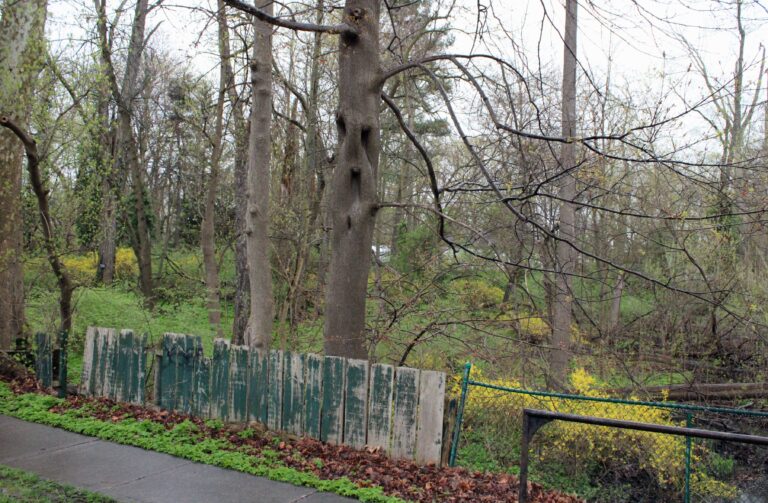To prune or not to prune?
One of the first chores that we attack in our gardens each spring is pruning, but I find most people are not quite sure how to prune properly. Knowing the proper pruning times and techniques can make all the difference.
Pruning promotes flowering, reduces pests and diseases and contributes to the plant’s overall health, all while helping it maintain an attractive shape. The longevity of a plant is determined by how well it has been pruned over the years.
To understand pruning better it is important to first understand how a plant grows. Here are three scientific facts to help us out.
FACT #1: There are four types of buds found on any branch: terminal buds, lateral buds, latent buds and adventitious buds. The terminal bud (a.k.a. the apical bud) is found on the tip of any branch.
The lateral buds form during one growing season and remain dormant until the next growth period when they grow into stems, leaves or flowers. New leaves emerge first from the terminal buds then the lateral buds.
Not every bud grows into a branch, leaf or flower, though. Some buds on young twigs remain inactive for many seasons. These are the latent buds, which are the plant's insurance. Should a branch be cut off or broken above a dormant latent bud a new shoot can quickly develop.
Adventitious buds develop where no buds previously existed. These sometimes grow after a branch is wounded or cut back to mature tissue. These are different in that they develop close to the branch surface from deeper mature tissue.
FACT #2: All plants grow from the tips, or to put it more scientifically, all plants go through a phenomenon called apical dominance.
There are many different shapes of plants available to choose from. Some are more upright, some are round and some grow flat to the ground. But what causes plants to grow into different forms?
All plants produce a hormone in the terminal buds known as auxin. This hormone suppresses the growth of the other buds, signally them to remain dormant. The hormone is strongest at the tips so the buds closest to the terminal bud are stunted the most. As the auxins move farther from the terminal buds the buds are less stunted, causing more growth to occur.
This hormonal effect determines a plant’s branching pattern and its response to pruning. A pyramidal plant produces more auxin than a low-growing plant. When you prune off the terminal bud, the growth patterns become drastically altered.
The science of pruning lies in understanding the growth pattern of plants. If you remove a terminal bud, it releases the lateral, latent and adventitious buds from the growth inhibition caused by apical dominance.
Many of the buds behind the pruning cut sprout into branches; where one stem once grew, now a cluster of stems may emerge. If you are trying to maintain a certain shaped plant, special attention must be taken as to how you prune.
FACT #3: As we go into autumn, plants go dormant and the leaves start to turn beautiful fall colours, but what we don’t see is what is going on inside the plant.
All summer, the leaves have been storing up food from the sun in a process called photosynthesis. As fall approaches, all this stored energy starts to move from the leaves, down the stem and back into the roots by late winter.
In the spring, that same energy (food) then moves from the roots, up the stem and forces out new leaves. If this whole process did not occur, a plant, when it dropped its leaves, would lose all its stored energy, resulting in a weakened plant.
As temperatures start to warm up in the spring and we start to tap maple trees to collect the sap to make syrup, we often say “the sap is rising” – and that is exactly what is happening. The plant's food is rising from the base and into the branches. This is what forces out the new leaves.
Knowing all this, the best time to prune most deciduous shrubs is late dormant period to early spring (March to early April) before the new leaves emerge.
Next, we will look at some general rules of pruning deciduous shrubs.
Joanne Young is a Niagara-on-the-Lake garden expert and coach. See her website at joanneyoung.ca.











